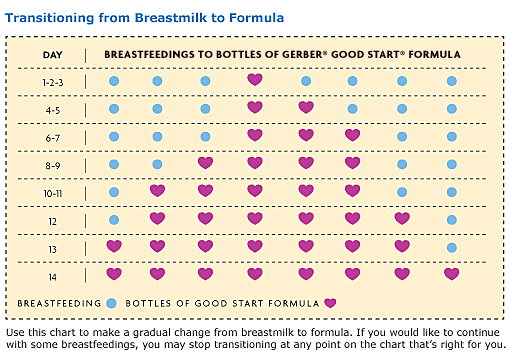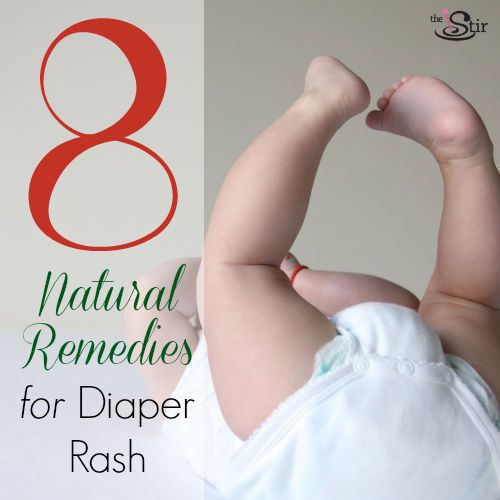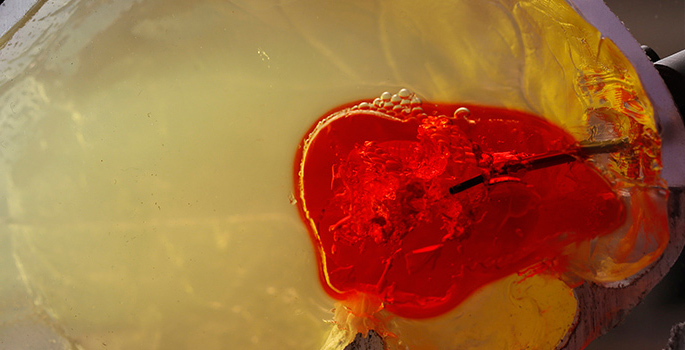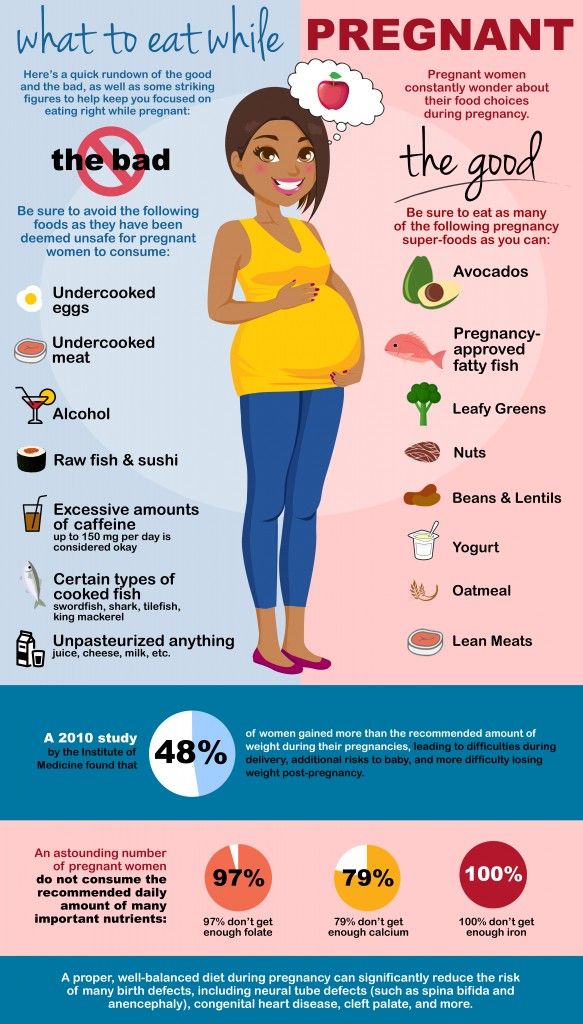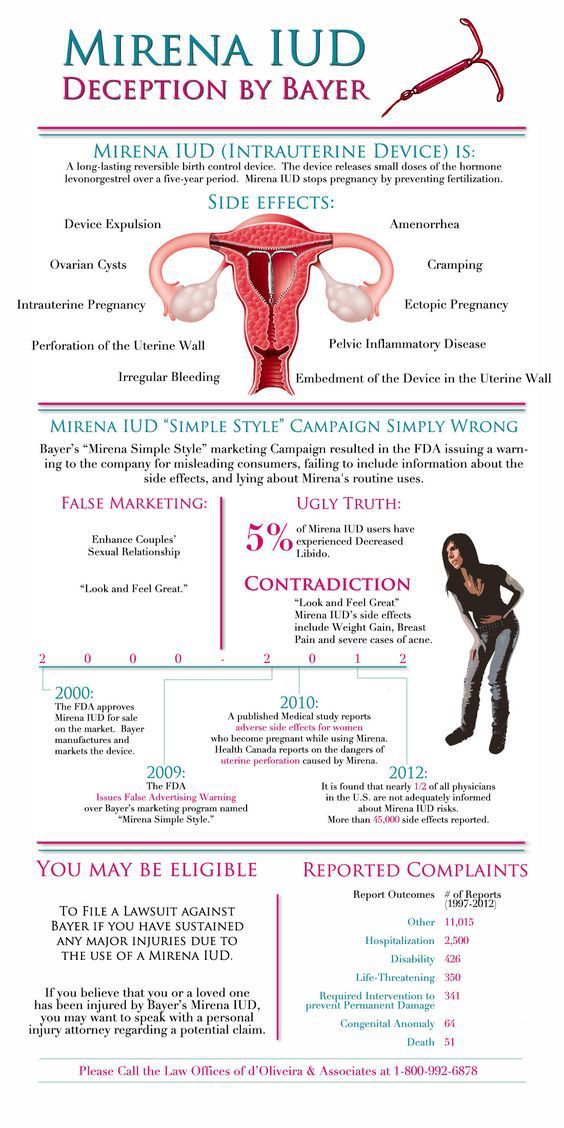Effects of listeria on fetus
Listeria from Food Safety for Moms to Be
While You're Pregnant Main Page
What Is Foodborne Illness? | Listeria | Toxoplasma
Spanish (Español)
Listeria: Frequently Asked Questions
"What is Listeria monocytogenes?"
It's a harmful bacterium that can be found in refrigerated, ready-to-eat foods (meat, poultry, seafood, and dairy - unpasteurized milk and milk products or foods made with unpasteurized milk), and produce harvested from soil contaminated with L. monocytogenes. Many animals can carry this bacterium without appearing ill, and thus, it can be found in foods made from animals. L. monocytogenes is unusual because it can grow at refrigerator temperatures where most other foodborne bacteria do not. When eaten, it may cause listeriosis, an illness to which pregnant women and their unborn children are very susceptible.
"How could I get listeriosis?"
By eating ready-to-eat meats, poultry, seafood, and dairy products that are contaminated with L. monocytogenes. You can also get listeriosis by eating contaminated foods processed or packaged in unsanitary conditions or by eating fruits and vegetables that are contaminated from the soil or from manure used as fertilizer.
"How could listeriosis affect me?"
The symptoms can take a few days or even weeks to appear and may include fever, chills, muscle aches, diarrhea or upset stomach, headache, stiff neck, confusion, and loss of balance. In more serious cases, listeriosis could also lead to the mother's death.
Most of the time, pregnant women who are infected with listeriosis don't feel sick. However, they can pass the infection to their unborn babies without even knowing it. That's why prevention of listeriosis is very important. In any case, if you experience any of the above symptoms, see your doctor or healthcare provider immediately.
Facts (Centers for Disease Control and Prevention) 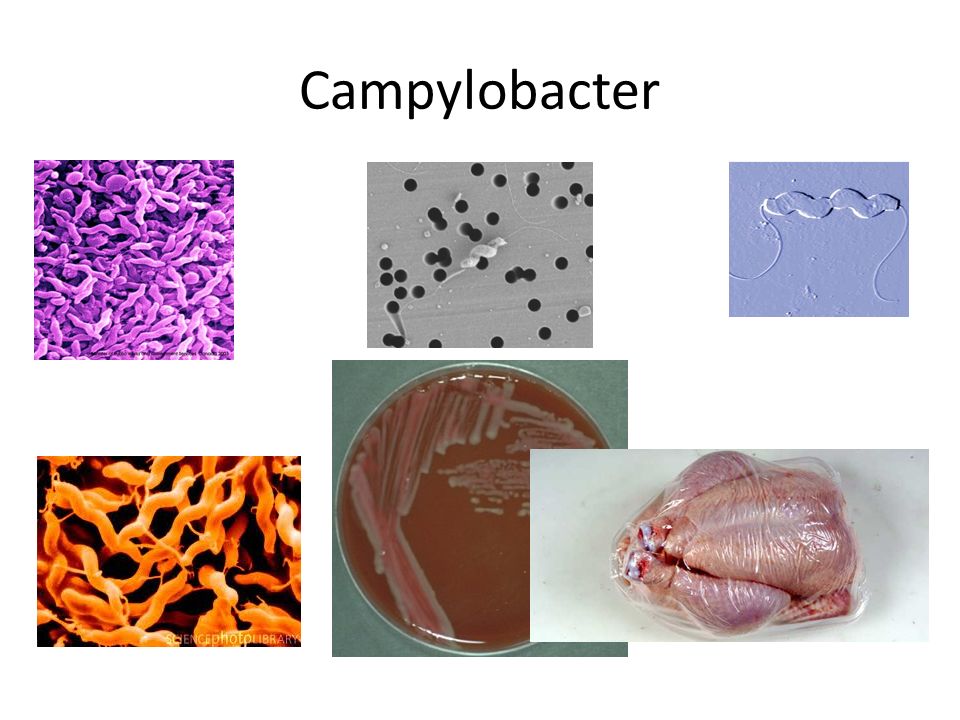
"How could listeriosis affect my baby?"
During the first trimester of pregnancy, listeriosis may cause miscarriage. As the pregnancy progresses to third trimester, the mother is more at risk. Listeriosis can also lead to premature labor, the delivery of a low-birth-weight infant, or infant death. Fetuses who have a late infection may develop a wide range of health problems, including intellectual disability, paralysis, seizures, blindness, or impairments of the brain, heart, or kidney. In newborns, L. monocytogenes can cause blood infections and meningitis.
Listeriosis & Pregnant Hispanic Women
Studies show that pregnant Hispanic women may have a higher incidence of listeriosis than pregnant non-Hispanic women. This is most likely because they might make and eat homemade soft cheese and other traditional foods made from unpasteurized milk. "Queso fresco"- a traditional homemade cheese, prepared from unpasteurized milk and widely consumed by Hispanics - has led to miscarriages, death of newborns, and premature delivery caused by L. monocytogenes.
"Queso fresco"- a traditional homemade cheese, prepared from unpasteurized milk and widely consumed by Hispanics - has led to miscarriages, death of newborns, and premature delivery caused by L. monocytogenes.
To prevent the risk of listeriosis, Hispanic pregnant women should not eat homemade soft cheeses and other traditional foods made from unpasteurized milk. Like all other pregnant women, they should follow the food safety precautions outlined below.
"How can I prevent listeriosis?"
The good news is that listeriosis can be prevented! Here's how...
Time to Chill
- Your refrigerator should register at 40° F (4° C) or below and the freezer at 0° F (-18° C). Place a refrigerator thermometer in the refrigerator, and check the temperature periodically. During the automatic defrost cycle, the temperature may temporarily register slightly higher than 40° F. This is okay.
- Refrigerate or freeze perishables, prepared food, and leftovers within two hours of eating or preparation.
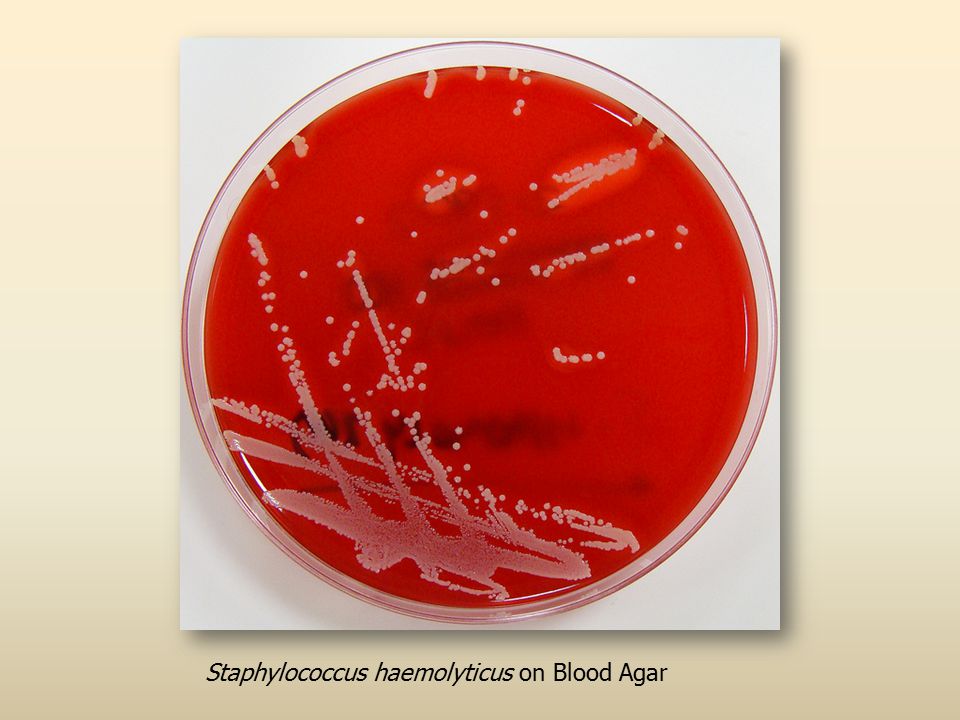 Follow the 2-Hour Rule: Discard food that's left out at room temperature for longer than 2 hours. When temperatures are above 90° F (32° C), discard food after 1 hour.
Follow the 2-Hour Rule: Discard food that's left out at room temperature for longer than 2 hours. When temperatures are above 90° F (32° C), discard food after 1 hour. - Use ready-to-eat, perishable foods, such as dairy, meat, poultry, seafood, and produce, as soon as possible.
Fridge TIPS
- Clean your refrigerator regularly.
- Wipe up spills immediately.
- Clean the inside walls and shelves with hot water and a mild liquid dishwashing detergent; then rinse.
- Once a week, check expiration and "use by" dates, and throw out foods if the date has passed. Follow the recommended storage times for foods.
Refrigerator & Freezer Storage Chart (PDF).
To Eat or Not to Eat?
Don't eat:
- Hot dogs, deli meats, and luncheon meats - unless they're reheated until steaming hot.
- Soft cheeses like Feta, Brie, and Camembert, "blue-veined cheeses," or "queso blanco," "queso fresco," or Panela - unless they're made with pasteurized milk.
 Make sure the label says, "made with pasteurized milk."
Make sure the label says, "made with pasteurized milk." - Refrigerated pâtés or meat spreads.
- Refrigerated smoked seafood - unless it's in a cooked dish, such as a casserole. (Refrigerated smoked seafood, such as salmon, trout, whitefish, cod, tuna, or mackerel is most often labeled as "nova-style," "lox," "kippered," "smoked," or "jerky." These types of fish are found in the refrigerator section or sold at deli counters of grocery stores and delicatessens.)
- Raw (unpasteurized) milk or foods that contain unpasteurized milk.
It's okay to eat:
- Canned or shelf-stable (able to be stored unrefrigerated on the shelf) pâtés and meat spreads.
- Canned or shelf-stable smoked seafood.
- Pasteurized milk or foods that contain pasteurized milk.
Note: See your doctor or healthcare provider if you have questions about listeriosis.
>
Listeria infection (listeriosis) - Symptoms and causes
Overview
Listeria infection is a foodborne bacterial illness that can be very serious for pregnant women, people older than 65 and people with weakened immune systems. It's most commonly caused by eating improperly processed deli meats and unpasteurized milk products.
It's most commonly caused by eating improperly processed deli meats and unpasteurized milk products.
Healthy people rarely become ill from listeria infection, but the disease can be fatal to unborn babies, newborns and people with weakened immune systems. Prompt antibiotic treatment can help curb the effects of listeria infection.
Listeria bacteria can survive refrigeration and even freezing. So people who are at higher risk of serious infections should avoid eating the types of food most likely to contain listeria bacteria.
Products & Services
- Book: Mayo Clinic Family Health Book, 5th Edition
- Newsletter: Mayo Clinic Health Letter — Digital Edition
Symptoms
If you develop a listeria infection, you might have:
- Fever
- Chills
- Muscle aches
- Nausea
- Diarrhea
Symptoms might begin a few days after you've eaten contaminated food, but it can take 30 days or more before the first signs and symptoms of infection begin.
If the listeria infection spreads to your nervous system, signs and symptoms can include:
- Headache
- Stiff neck
- Confusion or changes in alertness
- Loss of balance
- Convulsions
Symptoms during pregnancy and in newborns
During pregnancy, a listeria infection is likely to cause only mild signs and symptoms in the mother. The consequences for the baby, however, can be devastating — the baby can die in the womb or have a life-threatening infection within a few days of being born.
Signs and symptoms of a listeria infection in a newborn can be subtle, but can include:
- Little interest in feeding
- Irritability
- Fever
- Vomiting
- Difficulty breathing
When to see a doctor
If you've eaten a food that's been recalled because of a listeria outbreak, watch for signs or symptoms of illness. If you have a fever, muscle aches, nausea or diarrhea, contact your doctor. The same goes for illness after eating a potentially contaminated product, such as foods made with unpasteurized milk or poorly heated hot dogs or deli meats.
The same goes for illness after eating a potentially contaminated product, such as foods made with unpasteurized milk or poorly heated hot dogs or deli meats.
If you have a high fever, severe headache, stiff neck, confusion or sensitivity to light, seek emergency care. These signs and symptoms can indicate bacterial meningitis, a life-threatening complication of a listeria infection.
Request an Appointment at Mayo Clinic
Causes
Listeria bacteria can be found in soil, water and animal feces. People can get infected by eating the following:
- Raw vegetables that have been contaminated from the soil or from contaminated manure used as fertilizer
- Contaminated meat
- Unpasteurized milk or foods made with unpasteurized milk
- Certain processed foods — such as soft cheeses, hot dogs and deli meats that have been contaminated after processing
Unborn babies can contract a listeria infection from the mother.
Risk factors
Pregnant women and people who have weak immune systems are at highest risk of contracting a listeria infection.
Pregnant women and their babies
Pregnant women are much more susceptible to listeria infections than are other healthy adults. Although a listeria infection might cause only a mild illness in pregnant women, consequences for their babies can include:
- Miscarriage
- Stillbirth
- Premature birth
- A potentially fatal infection after birth
People who have weak immune systems
This category includes people who:
- Are older than 65
- Have AIDS
- Are receiving chemotherapy
- Have diabetes or kidney disease
- Take high-dose prednisone or certain rheumatoid arthritis drugs
- Take medications to block rejection of a transplanted organ
Complications
Most listeria infections are so mild they can go unnoticed. However, in some cases, a listeria infection can lead to life-threatening complications, including:
- Generalized blood infection
- Inflammation of the membranes and fluid surrounding the brain (meningitis)
Prevention
To prevent a listeria infection, follow simple food safety guidelines:
- Keep things clean.
 Wash your hands thoroughly with warm, soapy water before and after handling or preparing food. After cooking, use hot, soapy water to wash the utensils, cutting boards and other food preparation surfaces.
Wash your hands thoroughly with warm, soapy water before and after handling or preparing food. After cooking, use hot, soapy water to wash the utensils, cutting boards and other food preparation surfaces. - Scrub raw vegetables. Clean raw vegetables with a scrub brush or vegetable brush under plenty of running water.
- Cook your food thoroughly. Use a food thermometer to make sure your meat, poultry and egg dishes are cooked to a safe temperature.
Precautions for people particularly at risk
If you're pregnant or you have a weak immune system, be particularly cautious about listeria. Take additional precautions with these types of foods:
- Soft cheeses and Mexican-style cheeses. Don't eat soft cheeses such, as feta, brie, Camembert or blue cheese, or Mexican-style cheeses such as queso blanco and queso fresco, unless it's clear from the packaging that the product was made using pasteurized milk.

- Hot dogs and deli meats. Avoid these unless they're reheated until steaming hot. Keep fluid from hot dog packages away from other foods, utensils and food preparation surfaces. Wash your hands after handling these products.
- Meat spreads. Don't eat refrigerated meat spreads. Canned or shelf-stable — meaning they can be safely stored at room temperature — meat spreads are acceptable. Refrigerate after opening.
- Smoked seafood. These products can be labeled as nova style, lox, kippered or jerky. It's OK to eat them in cooked dishes. Canned or shelf-stable smoked seafood is acceptable.
- Raw or lightly cooked sprouts. Cook sprouts of any kind thoroughly.
By Mayo Clinic Staff
Related
Associated Procedures
Products & Services
90,000 Fetal death at 28 weeks due to listeriosis. How to plan a future pregnancy? QUESTION: Help me understand the situation. My 2nd pregnancy proceeded perfectly, according to all analyzes - everything is fine. At week 28, the temperature rose and was put into storage. The result - the child died in the womb, childbirth in a natural way. I received the results of histology and autopsy of the child. Have found out a listeriosis (results I apply). I found a lot of information about listeriosis on the Internet, but did not find answers to the following questions:
My 2nd pregnancy proceeded perfectly, according to all analyzes - everything is fine. At week 28, the temperature rose and was put into storage. The result - the child died in the womb, childbirth in a natural way. I received the results of histology and autopsy of the child. Have found out a listeriosis (results I apply). I found a lot of information about listeriosis on the Internet, but did not find answers to the following questions:
- How will this affect my next pregnancy?
- When can I plan to get pregnant again?
- Which doctor should I go to: an ordinary infectious disease specialist or a family planning center?
- Are all other diagnoses consequences of listeriosis?
- Has the infection gone with the baby and the placenta, or is it still in me? And how will this affect me?
ANSWER: Indeed, listeriosis leads to the death of almost a quarter of the fetuses, but also negatively affects the health of the mother.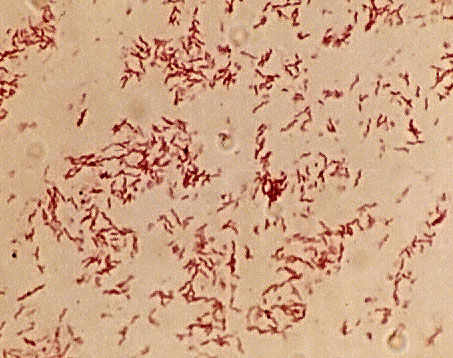 The frequency of the disease in pregnant women increases 20 times compared to non-pregnant women, and 17-20% of pregnant women experience this disease.
The frequency of the disease in pregnant women increases 20 times compared to non-pregnant women, and 17-20% of pregnant women experience this disease.
I would like to note that you have only morphological signs, which is not a reliable diagnosis of listeriosis, because the morphological signs of listeriosis are extremely difficult to distinguish from signs of any intrauterine infection. In other words, the diagnosis of this infection in you was not carried out correctly, including by clinical and serological methods. It was necessary to carry out bacterial cultures of the placenta, amniotic fluid, fetal blood. Multiple microabscesses and granulomas are often found in the fetus (as in newborns too).
Therefore, I would NOT say that listeriosis was the cause of the child's death.
- Almost nothing.
- After 6-12 months.
- Depends on how much time has passed since the birth. Immediately after the birth, it was necessary to undergo an examination by an infectious disease specialist, but if several weeks have already passed, this is useless.

- I have already answered that I do not see the correct diagnosis of listeriosis in your case, so I doubt the reliability of the diagnosis. Listeriosis most often affects the central nervous system, and you have described changes in the fetal thymus. Changes in the thymus may be of a defective nature or of any infectious nature. Also, mothers often have a gastrointestinal lesion with Listeria.
- Normally, Listeria can live in the vagina, so determining the presence of these bacteria in vaginal secretions is of no practical importance. Up to 15% of people have listeria in their stool (i.e., they live in the intestines). The carriage of Listeria does not affect the course of pregnancy and the pregnancy itself does not cause an exacerbation in the form of listeriosis. In other words, if acute listeriosis occurs, then as a result of infection from the outside.
Treatment with antibiotics (ampicillin) is routinely given to all symptomatic pregnant women with diagnostically confirmed listeriosis.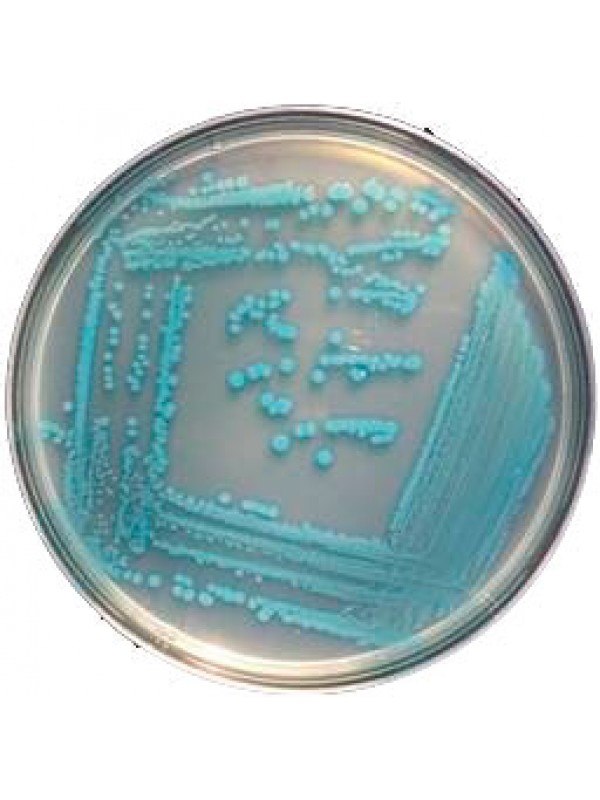 There is no preventive treatment.
There is no preventive treatment.
The only prevention is education on proper nutrition (listeria is most often transmitted through food) and hygiene (handwashing). About the role of listeria in the pathology of pregnancy and childbirth Arenova, A.B. Tussupkaliyev, A.N. Gaiday, L.K. Ayazbaeva
West Kazakhstan Marat Ospanov Medical University, Aktobe, Kazakhstan Department of obstetrics and gynecology №2
THE VALUE OF THE GROWTH FACTOR PLGF AND ITS POLYMORPHISM IN PREECLAMPSIA
Summary: This article demonstrated the results of foreign studies on the factor of placental growth and the significance of its single-nucleotide polymorphism and evaluated the genetic aspects of the pathogenesis of preeclampsia. Keywords: preeclampsia, PlGF, PlGF gene SNP rs1042886
UDC 616.9 (574)
D.M. Syzdykova1, A.M. Dmitrovsky2, N.V. Zubova2, S.F. Daulbaeva3, B.N. Kosherova1, D.V. Vazenmiller1, Sh.S. Sadykova3
1 Karaganda State Medical University 2Kazakh National Medical University. SD Asfendiyarova 3Kazakh-Russian Medical University
SD Asfendiyarova 3Kazakh-Russian Medical University
ON THE ROLE OF LISTERIA IN THE PATHOLOGY OF PREGNANCY AND DELIVERY
The aim of this work was to study the clinical manifestations of listeriosis in women, to elucidate the effect of listeriosis infection on the course of pregnancy and childbirth, and to develop a rational treatment regimen. To study genital listeriosis, an analysis of clinical, epidemiological and anamnestic data was carried out 492 women with a burdened obstetric history, in which previous pregnancies proceeded with pathology (premature abortion, stillbirth, early infant mortality). With genital listeriosis, the painful manifestations and, accordingly, the complaints of women were varied and included fever and general intoxication, sore throat and catarrhal phenomena, pathology of the digestive system and pain in the abdomen, lower back, even a rash on the skin, in general, against the background of chronic genital listeriosis, all this pathology in total occurred significantly (^ = 0. 001) more often than in the control group. 9In 4% of re-pregnant women with chronic genital listeriosis, pregnancy did not end with normal delivery on time (spontaneous abortions developed, non-developing pregnancy, premature birth, fetal death was characteristic).
001) more often than in the control group. 9In 4% of re-pregnant women with chronic genital listeriosis, pregnancy did not end with normal delivery on time (spontaneous abortions developed, non-developing pregnancy, premature birth, fetal death was characteristic).
Key words: Listeriosis, pregnancy
Introduction.
Human susceptibility to listeria has no age or gender restrictions. Although in the English-language literature listeriosis is associated with food products and is treated as a severe intestinal infection [1, 2], in our opinion, listeriosis is the most dangerous for women, especially during pregnancy, as it leads to various complications, ranging from inflammatory processes in the genital sphere, dyshormonal disorders, up to miscarriages, non-developing pregnancies, premature births and other obstetric pathologies. In addition, the presence of the pathogen on the mucous membranes of the genital tract makes infected women a source of listeriosis for both sexual partners and children in utero, during childbirth, as well as when caring for a child, through household contact.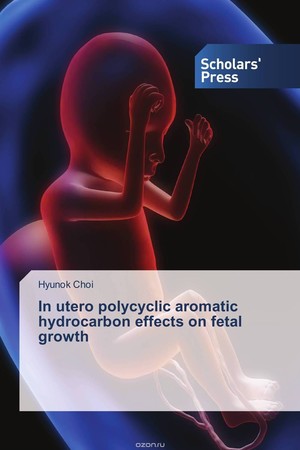 With intrauterine infection, in almost 100% of cases, fetal death occurs. High lethality of newborns is observed when they are infected in the intranatal and postnatal periods. A.P. Egorova (1970) indicates that in the infectious pathology of the fetus and newborn, listeriosis ranks second after streptococcal diseases [3]. Data by A.P. Kazantsev and N.I. Popova (1980) testify
With intrauterine infection, in almost 100% of cases, fetal death occurs. High lethality of newborns is observed when they are infected in the intranatal and postnatal periods. A.P. Egorova (1970) indicates that in the infectious pathology of the fetus and newborn, listeriosis ranks second after streptococcal diseases [3]. Data by A.P. Kazantsev and N.I. Popova (1980) testify
that about 10% of all obstetric pathology is associated with listeriosis [4]. Flowing erased, listeriosis acquires a chronic course being the etiological factor of various chronic processes in the throat (tonsillitis, pharyngitis), kidneys (pyelonephritis), but also in the genital area (colpitis, adnexitis - in women, prostatitis - in men), etc. d.
Listeriosis in Kazakhstan began to be intensively studied only in recent decades. According to Kuttykuzhanova G.G. and Popova N.V. (2004) [5], there is an increase in the incidence of listeriosis in Almaty, with 74.3% occurring in children under 14 years of age.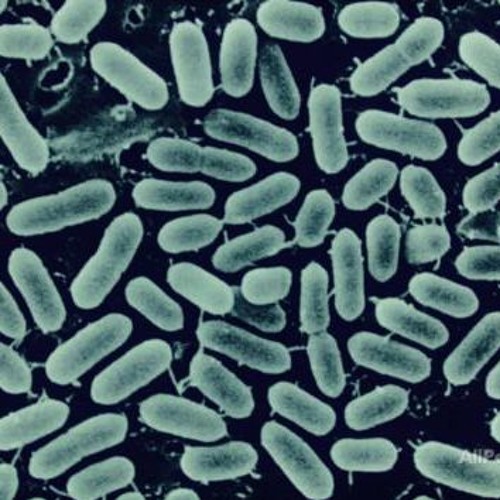 Idrisova R.S., Bekesheva T.K. et al. (2006) [6] also indicate that listeriosis in the structure of childhood infectious pathology occupies 45.2% of zoonotic infections and occurs mainly in school-age children, while young children rarely get sick and in severe form. According to Dmitrovsky A.M. (2019) [7], 10% of pregnant women are infected with listeriosis, 25-30% of newborns who die on the first day from intrauterine infection are children infected with listeria. The main epidemiological feature of modern listeriosis is its fairly widespread sexual and vertical transmission, i.e. acquisition of the properties of social infection. In a study in 2001 of 4873 pregnant women, a positive result in RPHA for listeriosis was noted in 7.74% of women, while toxoplasmosis was serologically registered only in 3.3%. In 1.84% of pregnant women, listeria was isolated from the vagina. When examining the sexual partners of infected women - almost all of the examined, listeria was isolated from the semen [8].
Idrisova R.S., Bekesheva T.K. et al. (2006) [6] also indicate that listeriosis in the structure of childhood infectious pathology occupies 45.2% of zoonotic infections and occurs mainly in school-age children, while young children rarely get sick and in severe form. According to Dmitrovsky A.M. (2019) [7], 10% of pregnant women are infected with listeriosis, 25-30% of newborns who die on the first day from intrauterine infection are children infected with listeria. The main epidemiological feature of modern listeriosis is its fairly widespread sexual and vertical transmission, i.e. acquisition of the properties of social infection. In a study in 2001 of 4873 pregnant women, a positive result in RPHA for listeriosis was noted in 7.74% of women, while toxoplasmosis was serologically registered only in 3.3%. In 1.84% of pregnant women, listeria was isolated from the vagina. When examining the sexual partners of infected women - almost all of the examined, listeria was isolated from the semen [8].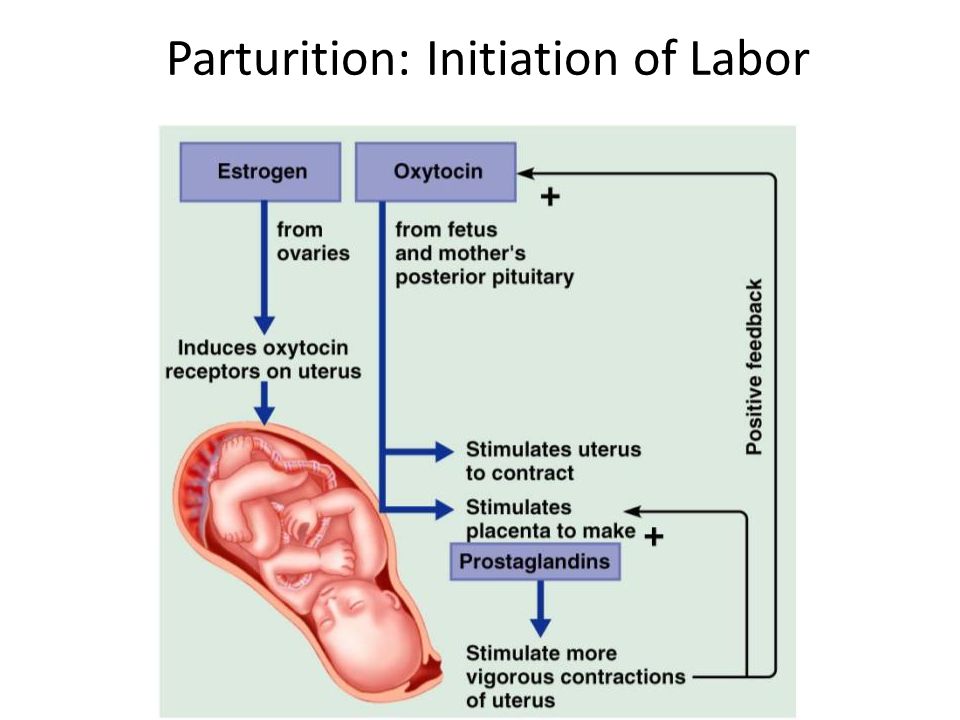
A study of children who died in utero or in the early stages after childbirth made it possible to diagnose listeriosis in 33.8% of cases serologically, and in 11.7% - bacteriologically. Thus, listeriosis currently occupies one of the leading places among sexually transmitted infections and causes intranatal and perinatal pathology [9]. Therefore, the study of listeriosis both in women in general and the characteristics of listeriosis infection in pregnant women is, in our opinion, an urgent task.
Thus, the purpose of this work was to study the clinical manifestations of listeriosis in women, to elucidate the effect of listeriosis infection on the course of pregnancy and childbirth, and to develop a rational treatment regimen.
To achieve this goal, it became necessary to solve the following tasks: To study the manifestations of listeriosis in women, to monitor pregnant women infected with listeria before delivery.
Conduct an analysis of the sensitivity to antibacterial drugs of Listeria strains isolated in the conditions of the city of Almaty. Develop protocols for the etiotropic treatment of listeriosis, including in pregnant women. Material and methods.
Develop protocols for the etiotropic treatment of listeriosis, including in pregnant women. Material and methods.
To study genital listeriosis, an analysis was made of clinical and epidemiological and
anamnestic data of 492 women with a burdened obstetric anamnesis, in whom previous pregnancies proceeded with pathology (premature abortion, stillbirth, early infant mortality). Women were examined for sexually transmitted infections, which can affect the course of pregnancy and cause pathology of pregnancy and the fetus, as well as listeriosis, according to order No. 946/326 [12]. To study the effect of listeria on the course of pregnancy, the study group included 100 pregnant women who had negative test results for active sexually transmitted infections, or they had antibodies (IgG) to HSV / CMV. In the surveyed pregnant women, in 75% the diagnosis of listeriosis was confirmed bacteriologically. Listeria monocytogenes was isolated from the vagina in 93.4%, from the cervical canal in 6.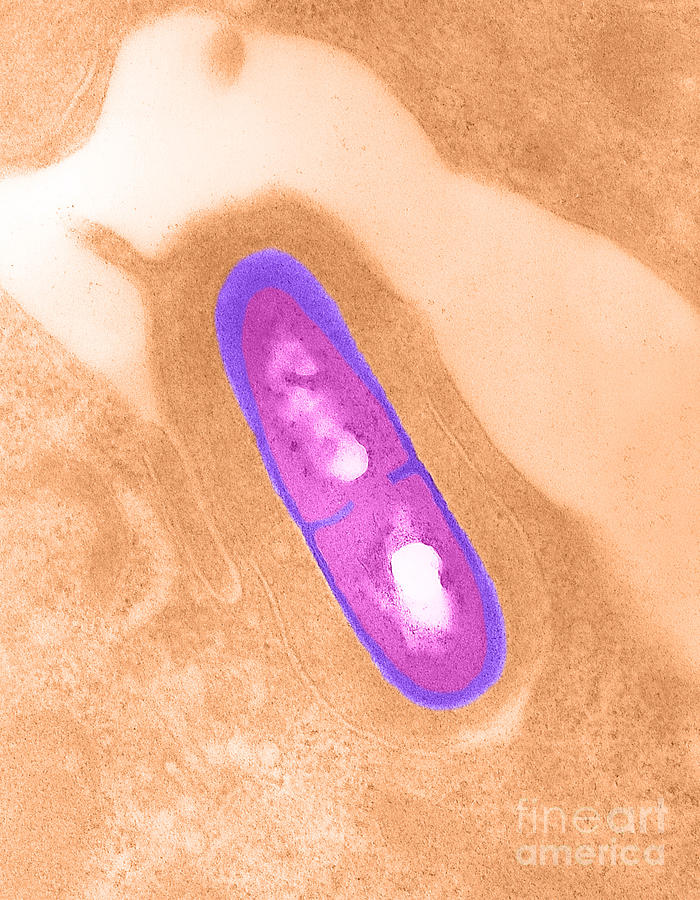 6%, from urine in 5.2%, from the pharynx in 2.7%. Only serological confirmation was in 25% of pregnant women with specific antibody titers in TPHA 1/200, 1/400.1/800.
6%, from urine in 5.2%, from the pharynx in 2.7%. Only serological confirmation was in 25% of pregnant women with specific antibody titers in TPHA 1/200, 1/400.1/800.
Of the surveyed, there were 18 primiparous and 82 multiparous women who had from 2 to 5 pregnancies.
Similarly to the study group, 35 healthy pregnant women were selected in the control group (11 primiparous and 24 multiparous), in which the examination for listeriosis gave a negative result.
There were no statistically significant differences in both groups, the average age of women in both groups was 28 years.
Statistical processing of the results of the study was carried out using:
- accurate calculation of the significance of qualitative differences according to the Fisher formula (TMF) using the Microsoft Exce1 electronic program.
- Student's t test. Differences between the compared groups and numbers were considered significant at P<0.05-0.02-0.01-0.001 [10.11]. Results obtained and discussion. Inflammatory processes of the urinary system (in particular, chronic pyelonephritis) significantly more often (P<0.05) occurred in pregnant women with genital listeriosis (in 32%) compared with the control group (in 14.3%). This fact indicates the presence of listeriosis chronic inflammatory process in the urogenital area in these women.
Inflammatory processes of the urinary system (in particular, chronic pyelonephritis) significantly more often (P<0.05) occurred in pregnant women with genital listeriosis (in 32%) compared with the control group (in 14.3%). This fact indicates the presence of listeriosis chronic inflammatory process in the urogenital area in these women.
The phenomena of pyelonephritis developed significantly more often in chronic genital listeriosis compared with the control (respectively - in 17% and 2.8%; P = 0.02), as well as the pathology of the urinary system as a whole (respectively - in 24% and 8 .6%; P=0.02). Genital listeriosis was characterized by the frequent development of various inflammatory processes of the genital area as a whole (in 50% compared to 28% in the control; P = 0.01), primary or secondary infertility also occurred more often in this group (7%), which was not observed in the control. The outcome of pregnancy also differed significantly, if in the control the pregnancy ended significantly more often with term (normal) delivery (73. 1%), then in pregnant women with listeriosis, term delivery was recorded only in 36.8% of cases (P < 0.01).
1%), then in pregnant women with listeriosis, term delivery was recorded only in 36.8% of cases (P < 0.01).
Spontaneous abortions were registered almost 15 times more often in the group of pregnant women with listeriosis (29%) compared to the control group (2%; P=0.001), especially early spontaneous abortions (respectively 24 and 2%; P<0 .05), but late miscarriages could also be recorded (respectively 5 and 0%; P<0.05). In addition, undeveloped pregnancies were significantly more often registered in the study group (respectively 8 and 0%; Р=0.001). If preterm birth (8%) developed almost equally often both in pregnant women with listeriosis and in the control group (4%; P > 0.05), then the death of the child in this case (as antenatal
- late spontaneous abortions at 26-27 weeks of pregnancy, and early neonatal - in the first 3 days after birth) developed only with listeriosis (3.5 and 0%; P<0.05).
In history, women with chronic genital listeriosis were significantly less likely than in the control group to have normal term delivery (20. 7% and 66.7%, respectively; P=0.004). On the other hand, recurrent undeveloped pregnancies (from 1
7% and 66.7%, respectively; P=0.004). On the other hand, recurrent undeveloped pregnancies (from 1
to 4) were more often registered - in 17.0%, which was not in the control group (P = 0.02) or recurrent spontaneous abortions (in 37.8%) (P = 0.001).
They also had significantly more abortions after one or two normal pregnancies and childbirth (in 19.5% compared to 4.2% in controls) (P=0.05). Moreover, this may indicate a possible time of infection with Listeria. In total, spontaneous abortions were noted in 61%, and adverse outcomes of pregnancy and childbirth with fetal death, in almost 80% of women with chronic genital listeriosis compared with 4.2% in controls
Genital listeriosis poses a significant threat to a successful outcome of pregnancy, causing two out of three pregnancies, miscarriages (in 61%) and in 78% - an unfavorable outcome of pregnancy (with the death of the fetus) in general. Such a situation can be single (42.7%), but it can be repeated twice (in 7.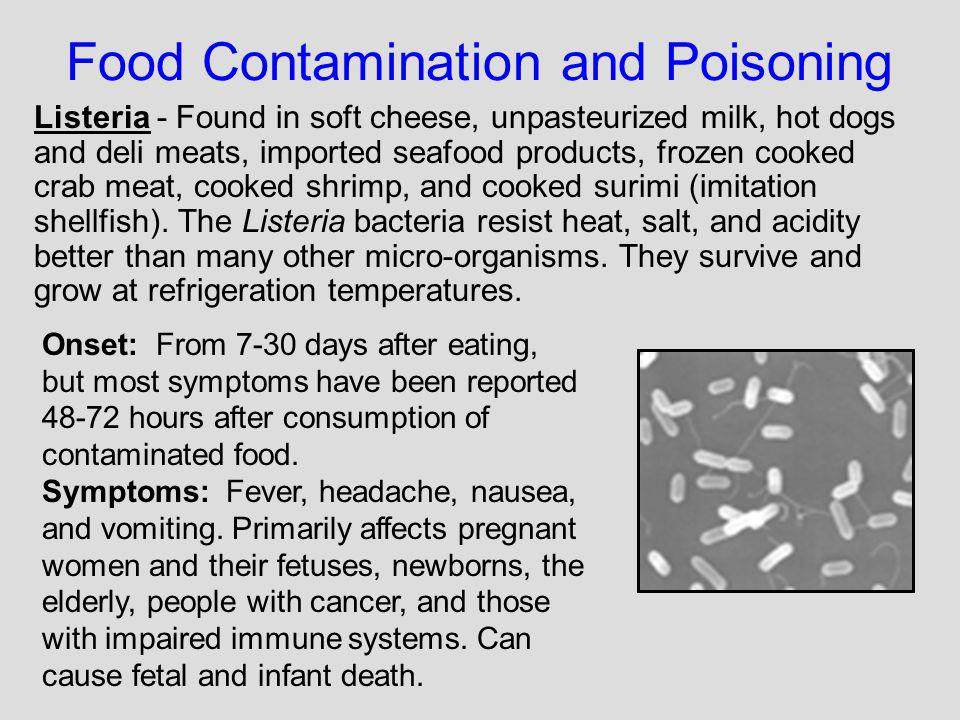 3%), and three times (in 3.6%), and even four times in a row (in 1.2%).
3%), and three times (in 3.6%), and even four times in a row (in 1.2%).
To clarify the dynamics of the frequency of pathological outcomes of pregnancy in genital listeriosis, we analyzed the number of such outcomes in 82 multi-pregnant women, depending on the number of pregnancies, where the starting point was the current pregnancy, during which genital listeriosis was detected. This analysis showed that the increase in the frequency of adverse pregnancy outcomes goes from the first to subsequent pregnancies. In 94% of multi-pregnant women with listeriosis, there was a pathological termination of a desired pregnancy, while in the control group of multi-pregnant women, only 12.5% of women had a pathological termination of pregnancy (spontaneous abortion at 12-13 weeks in 4.2% and preterm birth in 8 .3%), and 87.5% of pregnancies ended with a favorable outcome.
With genital listeriosis, the threat of termination of pregnancy developed twice as often as compared with the control group (51 and 25. 7%, respectively; P = 0.005). Also, pathology of the placenta and combined pathology developed more often (respectively - in 15 and 8.7%), as well as in general pathology of pregnancy (respectively - in 91 and 62.9%; P = 0.002).
7%, respectively; P = 0.005). Also, pathology of the placenta and combined pathology developed more often (respectively - in 15 and 8.7%), as well as in general pathology of pregnancy (respectively - in 91 and 62.9%; P = 0.002).
Bulletin of KazNMU №4 - 2019
Ultimately, chronic genital listeriosis leads to recurrent miscarriage in almost every fifth woman (18%), which was practically not in the control group. With genital listeriosis, the painful manifestations and, accordingly, the complaints of women were varied and included fever and general intoxication, sore throat and catarrhal phenomena, pathology of the digestive system and pain in the abdomen, lower back, even a rash on the skin, in general, against the background of chronic genital listeriosis, all these pathologies in total occurred significantly (P=0.001) more often than in the control group. Conclusions.
Listeriosis naturally causes inflammatory processes in the genital area in women, and even in an asymptomatic chronic genital form, it has an adverse effect on pregnancy and childbirth, ultimately leading to recurrent miscarriage and infertility. In 94% of re-pregnant women with chronic genital listeriosis, pregnancy did not end with normal delivery on time (spontaneous abortions developed, non-developing pregnancy, premature birth, fetal death was characteristic). Genital listeriosis does not have pathognomonic clinical manifestations, which requires standard approaches to the laboratory and etiological examination of women with inflammatory processes in the genital area or an unfavorable obstetric and gynecological history. Listeria, having got on the mucous membranes of the genital organs, do not tend to spontaneously disappear (there is no sanitation of the body from listeria), the practiced tactics of treating such conditions (spontaneous miscarriages, especially "habitual" and non-developing pregnancy) without clarifying their etiological factor, is not effective enough, treatment of genital listeriosis "Blindly" without isolating the pathogen and determining its sensitivity to antibacterial drugs is ineffective. In the presence of minimal manifestations of the inflammatory process, it is imperative to find out the etiological factor of this process (including examination for listeria, preferably bacteriological).
In 94% of re-pregnant women with chronic genital listeriosis, pregnancy did not end with normal delivery on time (spontaneous abortions developed, non-developing pregnancy, premature birth, fetal death was characteristic). Genital listeriosis does not have pathognomonic clinical manifestations, which requires standard approaches to the laboratory and etiological examination of women with inflammatory processes in the genital area or an unfavorable obstetric and gynecological history. Listeria, having got on the mucous membranes of the genital organs, do not tend to spontaneously disappear (there is no sanitation of the body from listeria), the practiced tactics of treating such conditions (spontaneous miscarriages, especially "habitual" and non-developing pregnancy) without clarifying their etiological factor, is not effective enough, treatment of genital listeriosis "Blindly" without isolating the pathogen and determining its sensitivity to antibacterial drugs is ineffective. In the presence of minimal manifestations of the inflammatory process, it is imperative to find out the etiological factor of this process (including examination for listeria, preferably bacteriological).
REFERENCES Listeriosis - Australia: fatal, smoked salmon suspected URL: http://www.promedmail.org Listeriosis - Europe (06): WGS, smoked/marinated salmon from Poland, 2015-18 URL: http://promedmail .org/post/20181031.6122165
Egorova A.P. Listeriosis in pregnant women and newborns // Obstetrics and Gynecology. - 1970. - No. 3. - S. 67-73. Kazantsev A.P., Popova N.I. Intrauterine infectious diseases in children and their prevention // Medicine. - 1980. - No. 3. - S. 54-56.
Kuttykuzhanova G.G., Popova N.V., Tazhigalieva N.B. Listeriosis // Medicine. - 2004. - No. 1. - S. 52-54. Idrisova R.S., Bekesheva T.K., Mustapaeva D.Kh. and other Significance of listeriosis infection in children's infectious pathology // Medicine. - 2006. - No. 3. - S. 56-59.
A.M. Dmitrovsky, N.V. Zubova, I.N. Musabekova Listeriosis in Kazakhstan. - Almaty: 2019. - 239 p. Zubova N.V. Clinical manifestations, diagnosis and treatment of listeriosis in women: Ph.D. diss. ... Candidate of Medical Sciences - Almaty, 2008.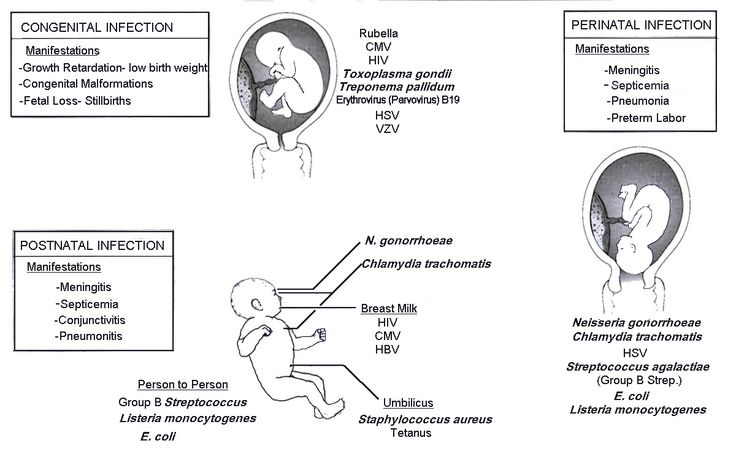 - 20 p.
- 20 p.
Stepanov V.M., Dmitrovsky A.M., Merker V.A., Kurmangazin M.S. Guidelines for the etiology, epidemiology, epizootology, clinic, treatment and laboratory diagnosis of listeriosis. - Almaty: 2003. -p.
Stenton Glantz. Medico-biological statistics. - M.: 1999. - 459 p.
11 Sergienko V.I., Bondareva I.B. Mathematical statistics in clinical research. - M.: 2001. - 285 p.
12 Order of the Ministry of Agriculture of the Republic of Kazakhstan dated October 17, 2002 and the Ministry of Health of the Republic of Kazakhstan "On the prevention of listeriosis in the Republic of Kazakhstan" dated October 17, 2002 No.
D.M. Syzdykova1, A.M. Dmitrovsky2, N.V. Zubova2, S.F. Daulbaeva3, B.N. Kosherova1, D.V. Vazenmiller1, Sh.S. Sadykova3
Karaganda State Medical University 2Asfendiyarov Kazakh National medical university 3Kazakh-Russian Medical University
ON THE ROLE OF LISTERIA IN THE PATHOLOGY OF PREGNANCY AND CHILDBIRTH
Resume: The aim of this work was to study the clinical manifestations of listeriosis in women , to clarify the influence of listeriosis infection during pregnancy and childbirth, and to develop a rational treatment regimen.
